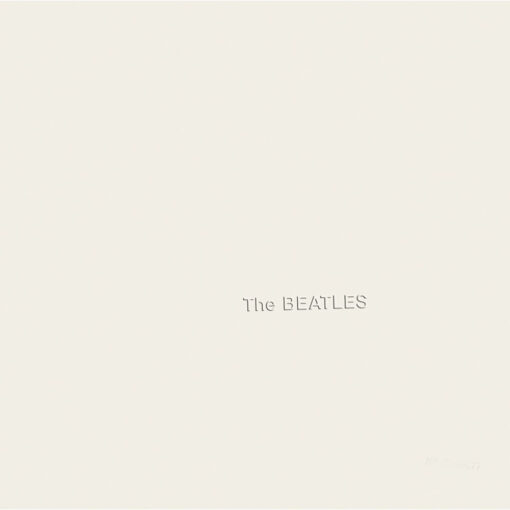- Published on 1965
- Author: Lennon/McCartney
- Track 3 on “Help!“
- Track 15 on “1962 ‐ 1966 (Red Album)“
JOHN 1965: “One I do which I like is, ‘You’ve Got To Hide Your Love Away.’ But it’s not commercial.”
JOHN 1971: “It’s one of those that you sort of sing a bit sadly to yourself, ‘Here I stand/Head in hand.’ I started thinking about my own emotions. I don’t know when exactly it started, like ‘I’m A Loser’ or ‘Hide Your Love Away,’ or those kind of things. Instead of projecting myself into a situation I would just try to express what I felt about myself which I had done in me books. I think it was Dylan helped me realize that– I had a sort of professional songwriter’s attitude to writing Pop songs, but to express myself I would write ‘Spaniard In The Works’ or ‘In His Own Write’ –the personal stories which were expressive of my personal emotions. I’d have a separate ‘songwriting’ John Lennon who wrote songs for the sort of meat market, and I didn’t consider them, the lyrics or anything, to have any depth at all. Then I started being me about the songs… not writing them objectively, but subjectively.”
About “You’ve Got to Hide Your Love Away”
“You’ve Got to Hide Your Love Away” was written and sung by John Lennon (though credited to Lennon–McCartney) and released on the album Help! in August 1965.
The song is similar to a folkish strophic form and uses a Dylanesque acoustic guitar figure in compound duple time, chiefly acoustic accompaniment, no backing voices and light percussion from brushed snare, tambourine and maraca. A flute, however, replaces the harmonica that Dylan typically used.
The song’s lyrics are ambiguous. Potentially, Lennon could have been referring to the fact that, as a Beatle, he was expected to keep the fact he was married a secret. He could also have been writing about his inability to express his true ‘loving’ self in public and his feelings of isolation and paranoia related to fame.
Some, such as singer Tom Robinson, have suggested that the song was written for the Beatles’ manager Brian Epstein, who had to hide his homosexuality from the public. Lennon himself, however, never publicly discussed his inspiration for the lyrics. When the song was first written, Lennon used “two-foot tall” to rhyme with the “wall” in the first verse, but mistakenly said “two-foot small” when he sang the line to McCartney, and decided to keep it this way. Pete Shotton, Lennon’s former bandmate from The Quarrymen, was present when the song was being composed, and suggested adding “Hey” to the start of the line in the refrain.
The basic rhythm track was recorded first, followed by George Harrison’s guitar and some extra percussion. John Scott recorded a tenor flute in the spaces in Lennon’s vocal track and an additional alto flute part, an octave higher than the first, on the last available track of the four-track machine.
Meaning of “You’ve Got to Hide Your Love Away”
“You’ve Got to Hide Your Love Away” is often interpreted as a reflection on feelings of isolation, heartbreak, and the need to conceal one’s emotions. The lyrics suggest a sense of sadness and resignation, as the narrator advises someone to hide their feelings of love and not let them show.
The opening lines, “Here I stand, head in hand / Turn my face to the wall,” convey a sense of dejection and a desire to withdraw from the world. The song goes on to talk about the pain of unrequited love and the feeling of being alone even in a crowd. The chorus, with the repeated line “Hey, you’ve got to hide your love away,” reinforces the idea of suppressing one’s true emotions, perhaps due to fear of rejection or societal expectations.
The song is believed to have been influenced by Lennon’s admiration for the music of Bob Dylan, who was known for his introspective and often melancholic lyrics. It’s also worth noting that during the period when “You’ve Got to Hide Your Love Away” was written, the Beatles were under a great deal of public scrutiny, and this may have influenced the theme of hiding one’s true feelings. The song can be seen as a poignant reflection on the complexities and challenges of love, as well as the need to navigate those emotions in a world that may not always be accepting or understanding.
Personnel
- John Lennon – lead vocals, 12-string acoustic guitar
- Paul McCartney – bass guitar
- George Harrison – classical acoustic guitar
- Ringo Starr – brushed snare drum, tambourine, maracas
- John Scott – tenor and alto flutes



